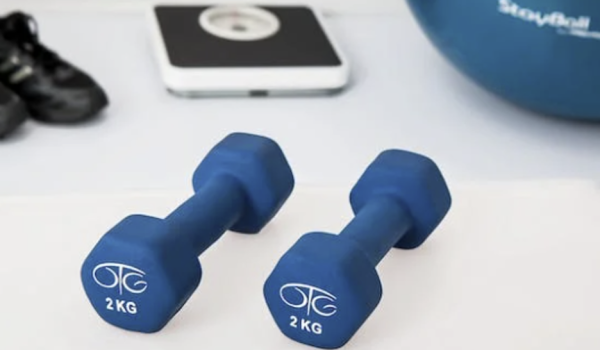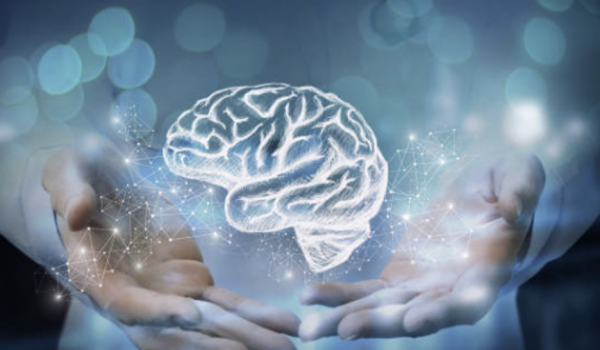Yoga is one of the most popular forms of exercise practiced worldwide. This discipline originated thousands of years ago in India. Yoga is a practice that combines meditation, breathing techniques, and physical movement. As International Yoga Day approaches, we must take a moment to recognize the numerous advantages of incorporating this workout regimen into your daily routine.
The International Yoga Day 2022 will be celebrated under the theme Yoga for Humanity. This theme has been chosen to reflect the great role played by yoga during the pandemic. During the COVID-19, yoga helped people not only in maintaining their sanity but also alleviated their suffering.
Origin & History
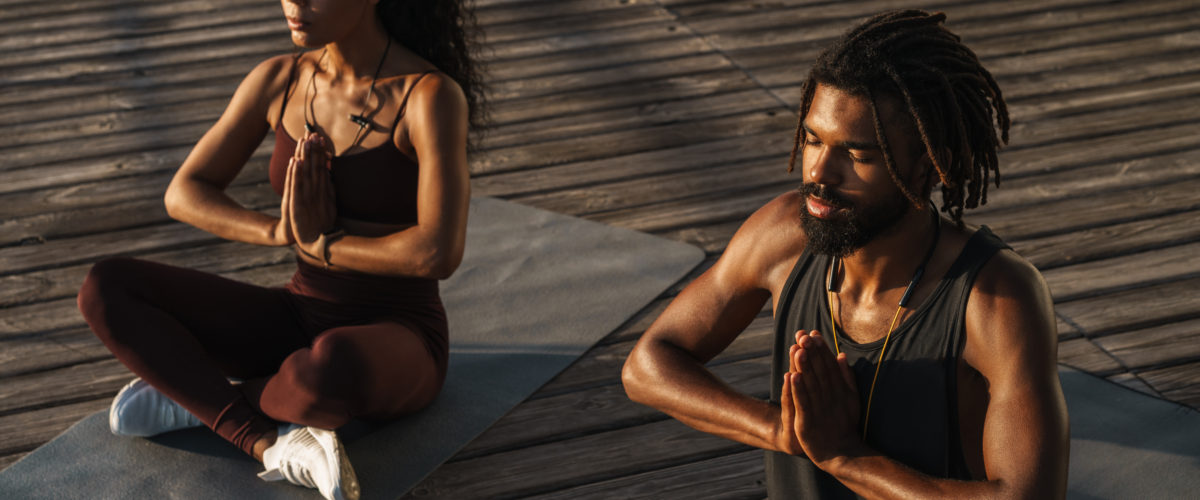
Yoga is a physical, mental, and spiritual discipline that originated in India. Yoga is derived from Sanskrit and means ‘to join or unite’, representing the union of body and consciousness. Yoga originated thousands of years ago when people had no concept of religion. According to the Vedas, Lord Shiva was the first Yogi, and he taught Yoga to the ‘Seven Sages’ (Saptarishis). It is also believed that Saptarishis traveled to various parts of the world to spread yoga knowledge. Today it is practiced in various forms around the world and continues to grow in popularity.
Recognizing its universal appeal, on December 11, 2014, the United Nations proclaimed June 21 as the International Yoga Day by resolution 69/131.
The International Yoga Day aims to raise awareness worldwide of the many benefits of practicing yoga. The draft resolution establishing the International Yoga Day was proposed by India and endorsed by a record 175 member states. The proposal was first introduced by Indian Prime Minister Narendra Modi in his address during the opening of the 69th session of the General Assembly, in which he said: “Yoga is an invaluable gift from our ancient tradition. Yoga embodies unity of mind and body, thought and action … a holistic approach [that] is valuable to our health and our well-being. Yoga is not just about exercise; it is a way to discover the sense of oneness with yourself, the world and the nature.”
The resolution notes “the importance of individuals and populations making healthier choices and following lifestyle patterns that foster good health.” In this regard, The World Health Organization has also urged its member countries to assist their citizens in reducing physical inactivity, which is one of the top ten leading causes of death worldwide and a major risk factor for non-communicable diseases like cardiovascular disease, cancer, and diabetes.
Quick Tips and Tricks
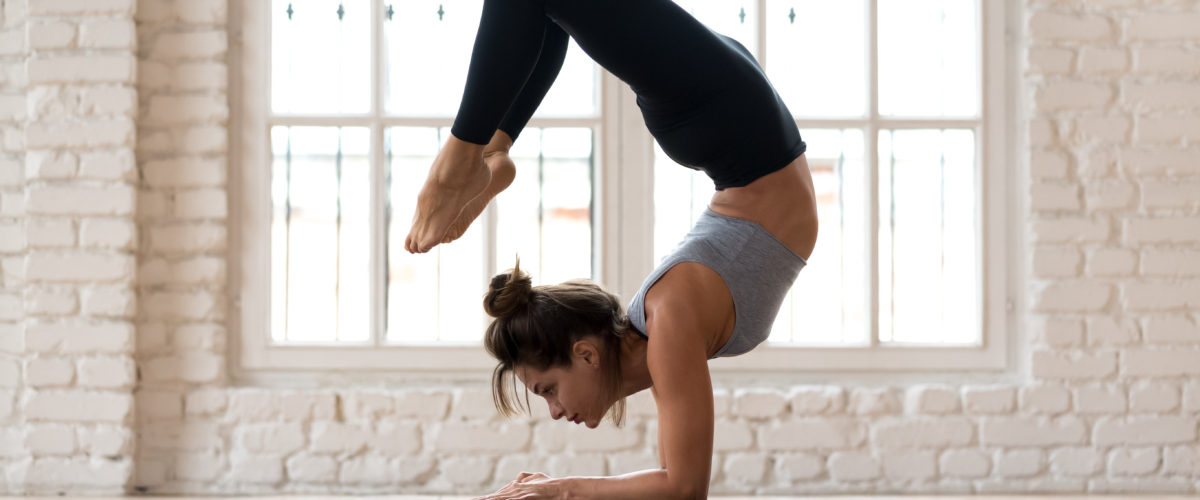
- Perform the yoga asanas slowly and gradually move to the advanced yoga postures & practices.
- Stay well hydrated before doing yoga.
- Start your yoga on an empty stomach for better results.
- While doing yogasanas, the body should be able to move easily. Therefore, prefer wearing light & comfortable clothes.
- In the end, perform relaxation techniques to calm yourself down.
- Practice regularly & persistently.
- Yogasanas should be performed on a yoga mat having a good grip.
- Avoid doing yoga when you are unwell.
- Don’t practice yoga right after having your meals. Wait at least a few hours (two to three) after a heavy meal.
Namaskar or Namaste
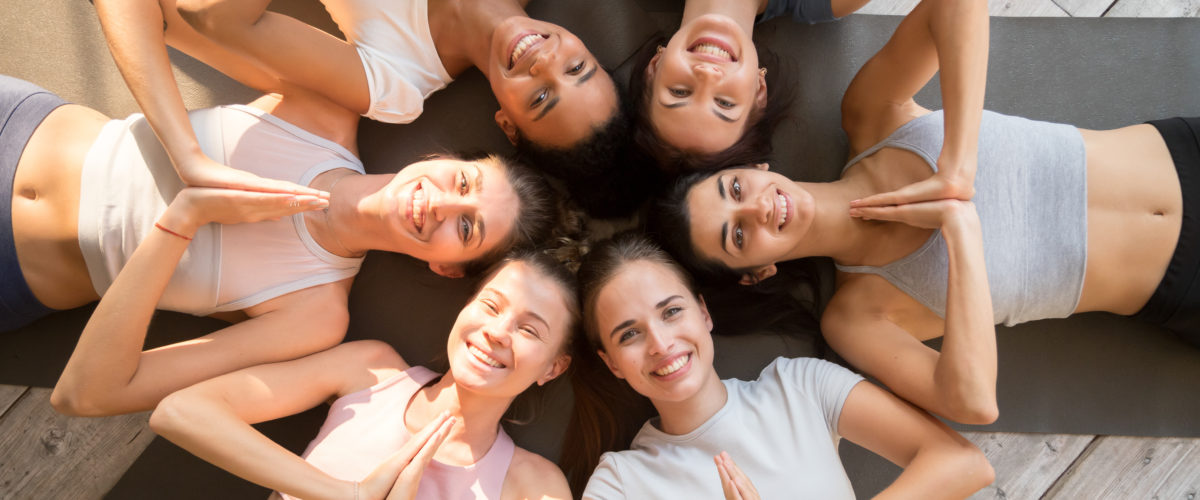
Ask most people in the yoga community to translate namaste and the common reply will be something like, “The Divine in me honors the Divine in you.” It’s a lovely sentiment that has inspired many a yoga studio poster. Nama means bow; as means I; and te means you. Therefore, namaste literally means ‘I bow to you’. Mudra means gesture. Hasta mudras are sacred hand movements that are used in yoga and meditation to deepen the practice. The simplest form of yoga is to put your hands together in namaskar.
Meditation in Padma Aasan
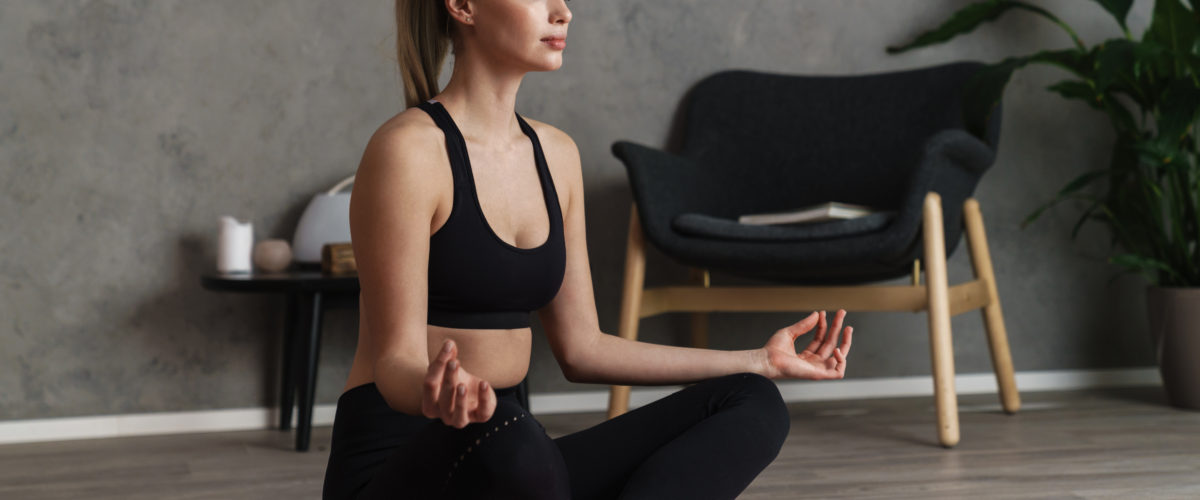
Regular meditation, regardless of style or duration, has been shown to increase immunity, focus, and creativity while decreasing anxiety, stress, and perceived pain. Whatever yoga postures we can or cannot perform, these powerful and long-lasting benefits are available to anyone who can find a comfortable seat and pause, reflect, and observe without judgment for a few minutes each day.
Your spinal cord should be erect, both hands should be together or with the palms facing upside on the knee joints and the thumb must touch your index finger and the other fingers should face the upward.
The breathing process should be slow and deep. Inhale, exhale, and focus on your breathing. Do this asana for two to three minutes in the beginning stage, once you are used to it then increase the time by 15 to 30 minutes. Remember the most important thing — don’t bend your body or head while doing this asana.
Mindful Breath
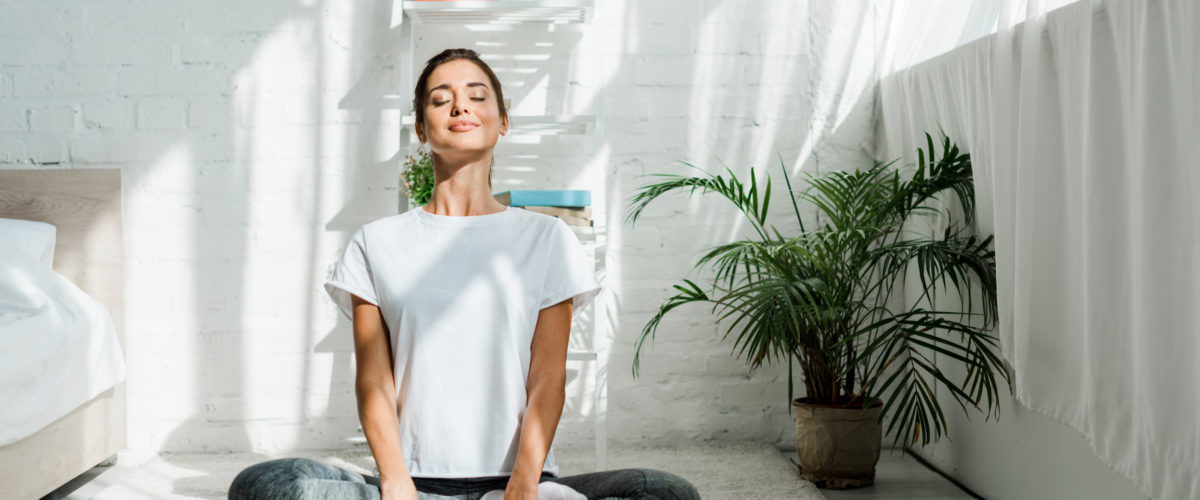
“For breath is life; if you breathe well, you will live long on earth,” says a Sanskrit proverb. Western wisdom concurs. Whether we use diaphragmatic breathing (also known as abdominal or belly breathing), deep ribcage breathing, or a specific pranayama technique, research suggests that slow, deep breathing can trigger the relaxation response, slowing respiration and heart rate, lowering blood pressure, soothing digestion, improving energy, and reducing stress and perceived pain. Even better, regardless of injury, age, range of motion, or physical strength, everyone can use this tool.
Photo: 220 Selfmade studio/Shutterstock
You might also like:
Support us!
All your donations will be used to pay the magazine’s journalists and to support the ongoing costs of maintaining the site.
Share this post
Interested in co-operating with us?
We are open to co-operation from writers and businesses alike. You can reach us on our email at [email protected]/[email protected] and we will get back to you as quick as we can.








